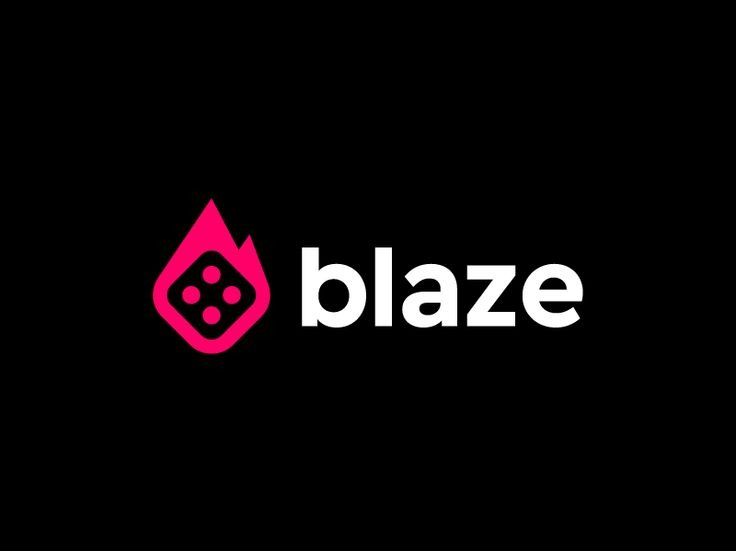Summary
- Income-Based Default Limits: Casino operators gather gamblers' income information during the onboarding process. This data can be used to establish personalized default betting and monthly limits. Implementing delay periods before any increase can help prevent impulsive reactions to losses.
- Alerts for persistent gamblers. Operators notice when regular customers suddenly increase their loss rates. Implementing automatic pauses or interventions might help mitigate the decline.
This article is co-authored by Wayne Taylor from Southern Methodist University, Daniel McCarthy from the University of Maryland, and Kenneth C. Wilbur from the University of California, San Diego. Our research began with a seemingly simple question: What truly occurs when a state legalizes online sports betting? How many individuals gamble casually for enjoyment, and how many exceed safe boundaries? The findings were surprising, and not always positively.
Data and methods
We examined the card spending of 1.2 million people, analyzing their transactions with 20 major U.S. online sportsbooks from 2019 to 2023, as well as their monthly incomes and spending habits. All participants were able to gamble online through Daily Fantasy Sports (DFS) services, and many lived in states where online sports betting was legalized during this period. These individuals were from 23 states: 11 that introduced online sports betting and 12 that did not, which served as a control group. This setup functioned like 11 natural experiments, comparing each state that legalized online sports betting with those that hadn't. We employed statistical methods to create virtual twin states for each state that legalized online sports betting, combining non-legalizing states with similar pre-legalization gambling behaviors. This approach allowed us to isolate the counterfactual effects of legalizing online sports betting by comparing post-legalization outcomes with predictions based on these virtual twins.
How consumer behavior changed
After the launch, spending on legal online sports gambling surged from $0.99 to $4.63 per person per month, a 369% increase that never returned to its original level. This rise in spending was accompanied by a corresponding increase in risky gambling behavior. A month is considered irresponsible if an individual bets more than 1% of their pre-tax household income, according to standards set by the Canadian Centre on Substance Use and Addiction and others. The percentage of individuals engaging in irresponsible gambling rose from 0.2% to 0.9% of all tracked individuals per month, a 372% increase. In a state with ten million adults, this 0.7 percentage point increase translates to approximately 70,000 additional residents exceeding that 1%-of-income mark each month. Low-income individuals were most likely to gamble irresponsibly. Their rate of irresponsible gambling increased by 0.91 percentage points, over 80% higher than the 0.49 percentage point rise for high-income individuals. While gambling operators earn most of their revenue from big spenders, low-income bettors are at the highest risk of harm.
Ripple effects
Contrary to industry concerns, casinos did not experience a downturn. The advent of online sports betting did not diminish traditional casino spending. In states where both online and in-person betting were introduced simultaneously, monthly casino card spending increased by 20 cents per person, while online gambling spending rose by $4.26. This indicates growth rather than merely redistributing existing spending. Additionally, alcohol sales jumped by 20% following legalization, suggesting that these vice products are complementary rather than competitive. There was also a significant increase in help-seeking behavior, with a 75% rise in calls to the national problem gambling helpline. This reflects both heightened awareness and a growing demand for assistance.
Policy implications
States earn an additional $0.78 in tax revenue per resident each month. However, it's unclear if this financial gain compensates for the harm caused by gambling addiction. It remains uncertain how much of the increase in legal gambling stems from individuals shifting from illegal services to regulated markets, as opposed to new gambling activity.
What could help
We recommend two specific tools:
Where to go next
Several key research questions persist: How much of the spending is new, and how much is simply a shift from the illegal market? Which interventions are most effective for various types of gamblers? Additionally, how do digital targeting, promotional tactics, and advertising algorithms interact with vulnerable populations or influence risky behaviors?
Conclusion
The U.S. online sports betting market is still in its early stages as states continue to refine their regulations. Our research indicates that while legalization can boost the economy, it also significantly raises the number of at-risk gamblers. Striking a balance between generating revenue and protecting vulnerable individuals is crucial. To review our complete methodology and findings, we encourage you to download the paper for free from the Social Science Research Network. Please log in to leave a comment. You can upload files by dragging and dropping them or clicking here. We couldn't determine the language of your response. Please select your language from the following options. Your post has been sent to forum moderators for review to ensure it complies with community guidelines. You will receive an email about the decision within 48 hours.





























